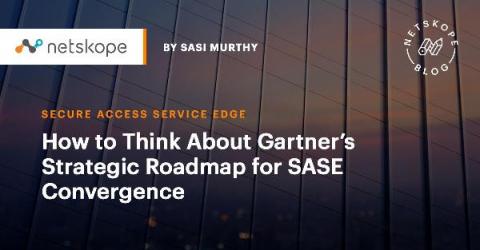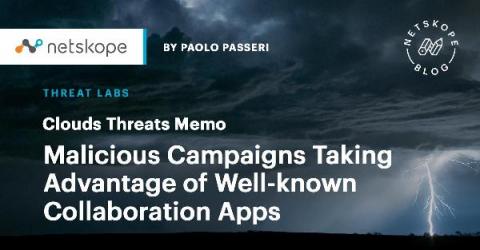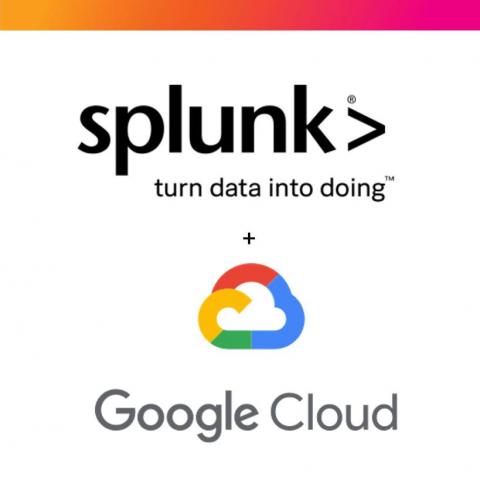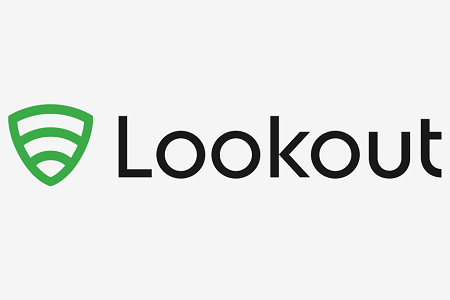Security | Threat Detection | Cyberattacks | DevSecOps | Compliance
Technology
How to Think About Gartner's Strategic Roadmap for SASE Convergence
Gartner recently published the 2021 Strategic Roadmap for SASE Convergence, outlining key challenges that are driving shifts to Secure Access Services Edge (SASE) architecture. Not surprisingly, chief among these challenges are consistency, simplicity, transparency, and efficacy—all of which a properly implemented SASE architecture is positioned to solve. But knowing what the challenges are, how do we then get to SASE? Has your journey already started? What are the right moves?
Cloud Threats Memo: Malicious Campaigns Taking Advantage of Well-known Collaboration Apps
BazarLoader is a malicious dropper used in multiple campaigns, including the massive wave of attacks targeting US Hospitals with the Ryuk ransomware during October 2020. The primary purpose of BazarLoader is to download and execute additional malware payloads, and one of the key characteristics is its delivery mechanism, which exploits legitimate cloud services like Google Docs to host the malicious payload.
Elevate Your Cloud Security Posture with Splunk and Google Cloud
It’s more critical than ever to secure your company data and protect your workloads in the cloud. This blog post is a roundup of the latest technical resources and product capabilities by both Google Cloud and Splunk to enhance your threat prevention, detection, and response techniques, regardless of where you are in your business-transforming cloud journey.
Lookout Partners with Telkomsel to Deliver Mobile Device and Application Security
Mobile devices and mobile apps have become a primary way for most of us to get work done and manage our lives. This is why I’m excited that Telkomsel has partnered with Lookout to launch Telkomsel Mobile Endpoint Protection (MEP) and Telkomsel Mobile App Protection (MAP). These solutions are powered by the cloud-delivered Lookout Security Graph.
The 411 on Stack Overflow and open source license compliance
Many of the third-party components we find in audits have been pulled in their entirety from public software repositories (with GitHub being the most popular these days). But with some frequency we also come across snippets—lines of code that have been copied and pasted into source code. They might be a piece of a GitHub project, but they may also have been taken from a blog site like Stack Overflow or CodeGuru.
Considerations for performing IoMT Risk Assessments
Internet of Medical Things (IoMT) products refer to a combination of medical applications and devices connected to healthcare information technology systems through an online computer network or a wireless network. IoMT devices rely heavily on biosensors, critical in detecting an individual's tissue, respiratory, and blood characteristics. Non-bio sensors are also used to measure other patient characteristics such as heart and muscle electrical activity, motion, and body temperature.
Securing the IoT tsunami
The Internet of Things (IoT) is a reality. Gartner forecasts 25 billion IoT devices by 2021, and other industry sources and analysts predict even larger numbers. Although projections of unprecedented growth are ubiquitous among industry pundits, the efforts to secure this tsunami of connected devices are in their infancy. The IoT is still relatively new, so it lacks regulations that mandate security.
The Zero Trust lesson behind mobile phishing against Australian officials
Australia recently confirmed that a series of mobile phishing attacks were successfully executed on senior officials. According to The Sydney Morning Herald, the targets – which included Australia’s finance minister, health minister and ambassador to the U.S. – were sent messages asking them to validate new WhatsApp or Telegram accounts.










